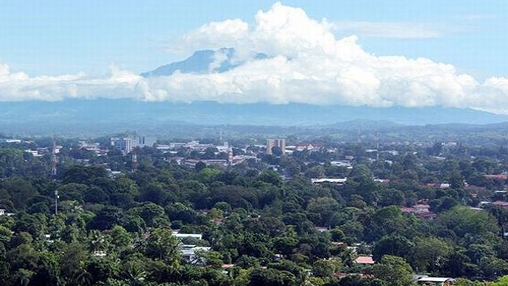For many people in David, December 25, 2003 is a hard date to forget. Shortly after 2 am, an earthquake of 6.0 magnitude shook Puerto Armuelles, 40 kilometers away from the third largest city in Panama, killing two people and leaving hundreds homeless. The following month, the area on the Panamanian Pacific coast experienced 600 aftershocks.
Central America is one of the most vulnerable regions to natural hazards in the world. Throughout history, hurricanes and earthquakes have left a trail of devastation in most parts of the isthmus. To reduce this vulnerability, local governments have sought a way to prepared themselves for these adverse and unpredictable natural events and have found a solution: CAPRA.
This open software suite, whose acronym means Central America Probabilistic Risk Assessment, analyzes the threats of natural disasters in terms of damage to infrastructure and estimates direct economic and human losses. It uses a display platform geographical information system (GIS) to create a map and measure the possible impact caused by earthquakes, tsunamis, hurricanes, floods, landslides and volcanoes.

